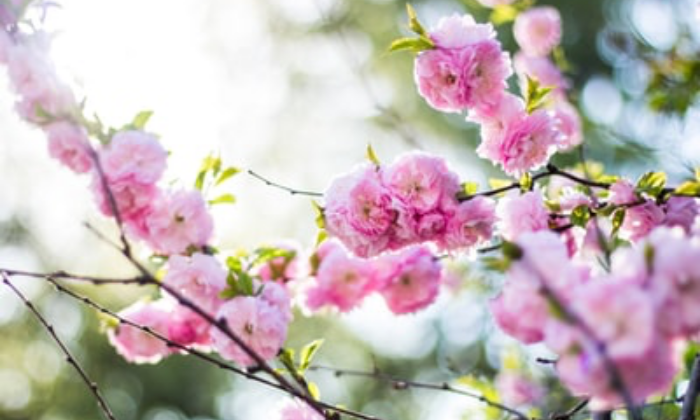Spring Tips for Your Garden

Now is the time to tidy up borders, cut back any dead growth and tackle weeds before they develop.
Weeds will come back into growth – deal with them before they get out of hand.
Chemical weedkillers are a very efficient way of getting rid of weeds – especially otherwise difficult to control, deep-rooted perennial weeds.
Select a weedkiller for specific weeding tasks to give you the weed control you need.
Dig in a layer of manure or compost to prepare the ground for planting.
Top dress your containers and borders with an inch or two of new compost each season.
The compost will break down and help improve the soil structure and fertility.
Using the correct type of compost will give the best results, eg, use a lime free ericaceous compost for acid loving plants such as rhododendrons, azaleas and camellias.
Decide on the look and feel you want for your garden before you begin planting. You could try a traditional, contemporary, cottage style, or even Mediterranean look for your garden.
Plants are hungry after a long winter without any feed. Choose from liquid feeds, granular feeds, continuous release feeds or specialist plant feeds for specific plant types.
Garden compost and farmyard manure added to the soil will also supply some plant nutrients.
In early spring, seedlings and young plants are particularly vulnerable to slugs, so concentrate your efforts on preventing these types of plants being damaged.
Scatter slug pellets* thinly around vulnerable plants, such as seedlings, vegetables and young shoots on herbaceous plants. *Follow manufactures instructions
Start getting your lawn into shape – mow the grass, feed with a lawn fertiliser and deal with bare patches, ugly weeds and moss.
Correct and regular mowing is essential. Cut the grass whenever it is growing – weekly or even more frequently as the weather warms up.
Feed with a lawn fertiliser, not only makes the grass greener, but it makes it grow thicker and stronger so it is more robust and better equipped to compete with weeds and moss.
Spring is a great time to start your own compost pile, it’s a good way to recycle off cuts and dead plants from your garden and so easy to create.
You can use a composting bin, an old dustbin or even corner off an area of your garden.
Use equal amounts of brown and green material in your compost to balance the carbon:nitrogen ratio to a good level.





